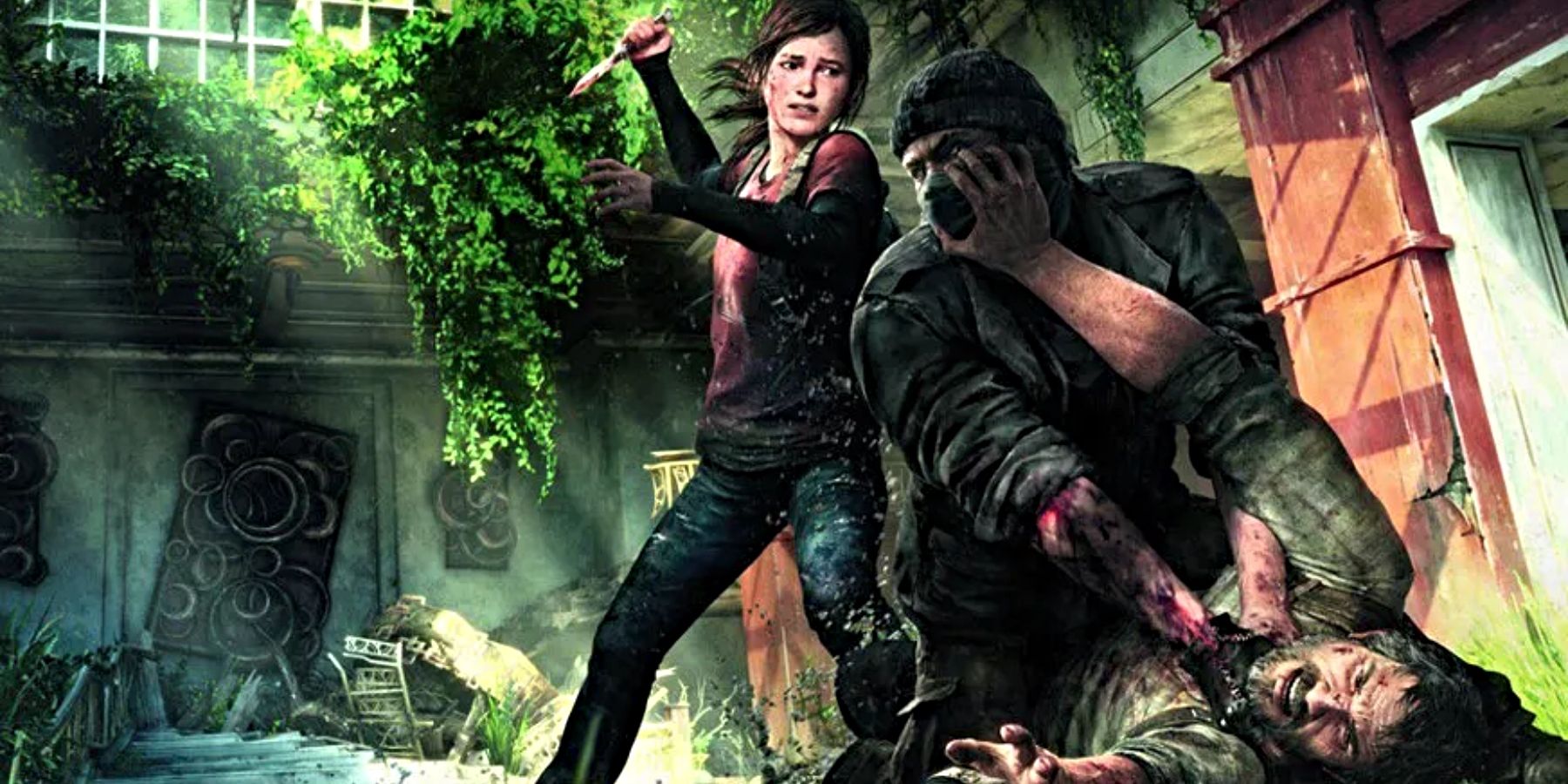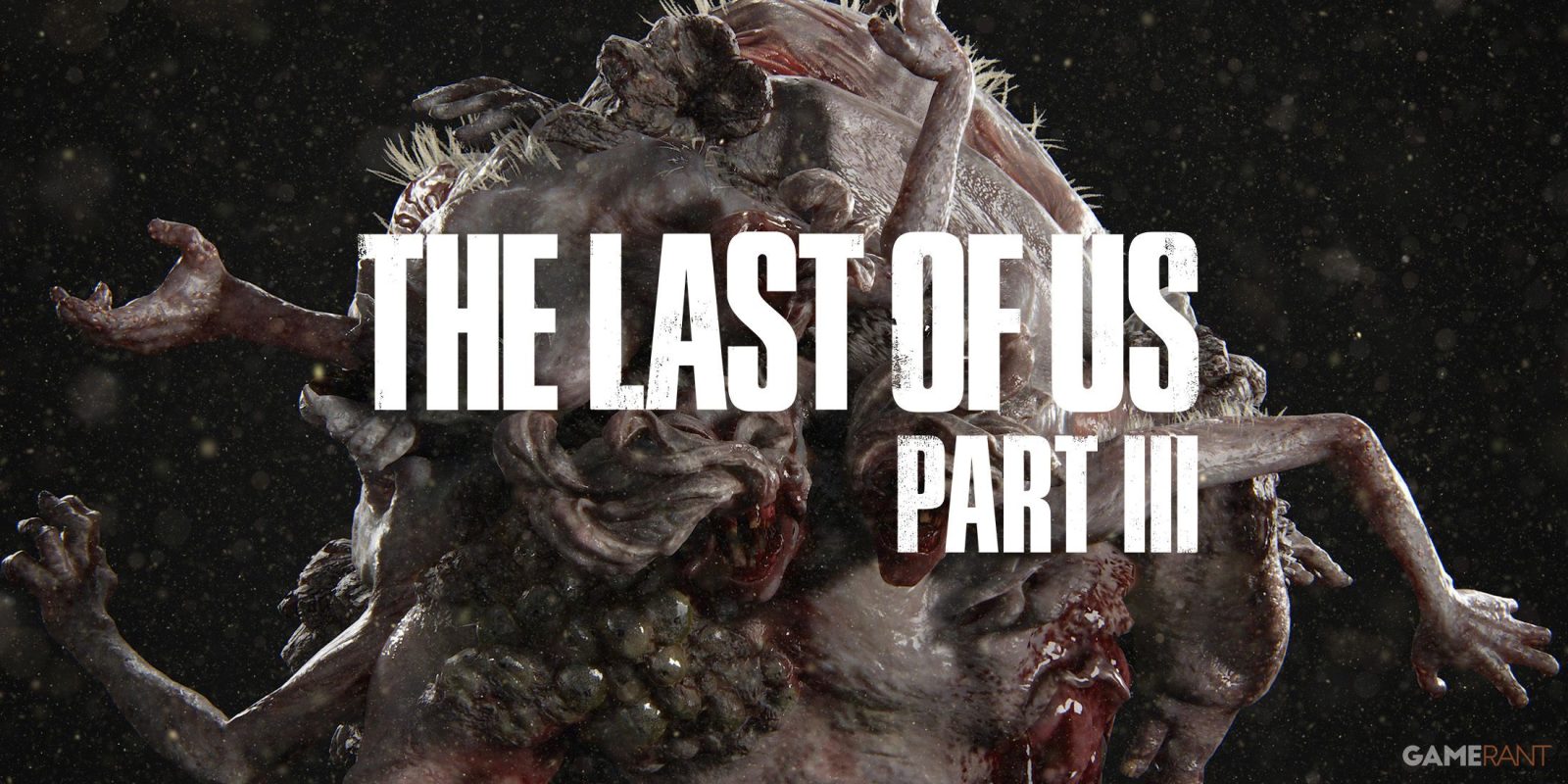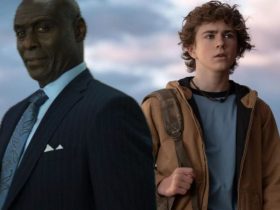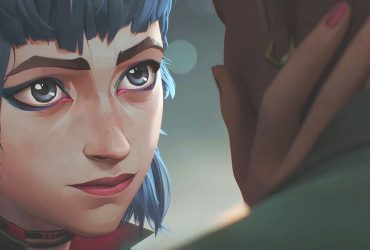If The Last of Us Part 3, which might not get a release until 2027, decides to introduce new types of infected, it must do so thoughtfully. The series has built its appeal on a deeply immersive, post-apocalyptic setting where the infected aren’t mere game obstacles, but haunting remnants of a society lost to a fungal plague. Any additional infected types, therefore, should feel plausible, and derive from the underlying biology of the Cordyceps fungus and the themes of survival and humanity that define the series.
In The Last of Us Part 2, Naughty Dog expanded its infected roster with the Shambler, an explosive, bloated infected that oozes corrosive spores upon attack, and the Rat King, a towering amalgam of infected individuals fused together, almost like a twisted symbiote, among others. They hit home in the game’s established lore to some extent, as both of them were rooted in Cordyceps’ evolutionary potential and the game’s brutal atmosphere. However, there’s a fine line between enhancing gameplay with these infected types and slipping into something that feels too video game-y.

Related
The Last of Us’ Infected Have Never Been the True Enemy, But It’s Time to Change That
Humans are very much the real “monsters” of The Last of Us’ universe, but a sequel might actually want to double down on the Infected for a change.
The Last of Us Is a Survival Horror Story
The evolution of infected types must feel natural, and it’s best if it takes a thematic turn. For instance, in The Last of Us Part 3, the infected could develop based on the specific regions and conditions that survivors encounter, especially if the game explores new locations outside of America. The series could reveal Cordyceps strains that have mutated differently in various climates, and zero in on a horrifying diversity within the infected without departing from a biological basis. Shamblers and even Clickers as an evolution from The Last of Us Runners due to prolonged infection are a good example of this.
Each infected could therefore offer a window into the world’s decay, with new types based on distinct environmental challenges rather than the need for new combat mechanics. Secondly, infected types moving forward should serve to highlight the toll that survival has taken on The Last of Us characters themselves. They could mirror the desperation, isolation, or decay in human survivors.
For example, introducing
new infected types
that demonstrate bizarre hibernation cycles or solitary behaviors could subtly reference the fractured psyches of those still alive. They could make things interesting as both adversaries and symbols of remnants of humanity that have been shaped by loss and fear.
The Game Shouldn’t Add Any Infected Types for Shock Value
A bizarre infected that looks like a cyclops, much like an undead Damrod troll from Rings of Power, for instance, would be an underwhelming addition. This is an extreme example but the point is, the series needs to stick to its genre of survival instead of turning into a horror fiction. Yes, it’s still fiction but the fact that it uses actual science to back up the cordyceps’ evolutionary infection is what gives spine to the storyline. Introducing fantasy-infected types could affect this feel-real dynamic.
The Key Is to Balance Horror and Realism in The Last of Us 3 and Beyond
Ultimately, the next chapter in The Last of Us should aim to introduce infected types that feel like a natural extension of the story’s themes and the harsh realities of a cordyceps-ravaged world. The Last of Us players should feel that each new infected reflects a potential adaptation or survival trait, not an over-the-top mutation designed for dramatic effect. The tension between innovation and fidelity to the series’ aesthetic, therefore, will be crucial.
By treading carefully, The Last of Us Part 3 can push the boundaries of horror without compromising the emotional integrity that fans cherish. The world of The Last of Us is a place where reality has twisted but remains grounded. A world where each encounter feels like a glimpse into a terrifying yet strangely familiar reflection of humanity’s own traits. Touching base on darker themes like cannibalism was dark and horrifying but only made the game feel more real and that’s how The Last of Us infected-types need to be approached as well.














Leave a Reply